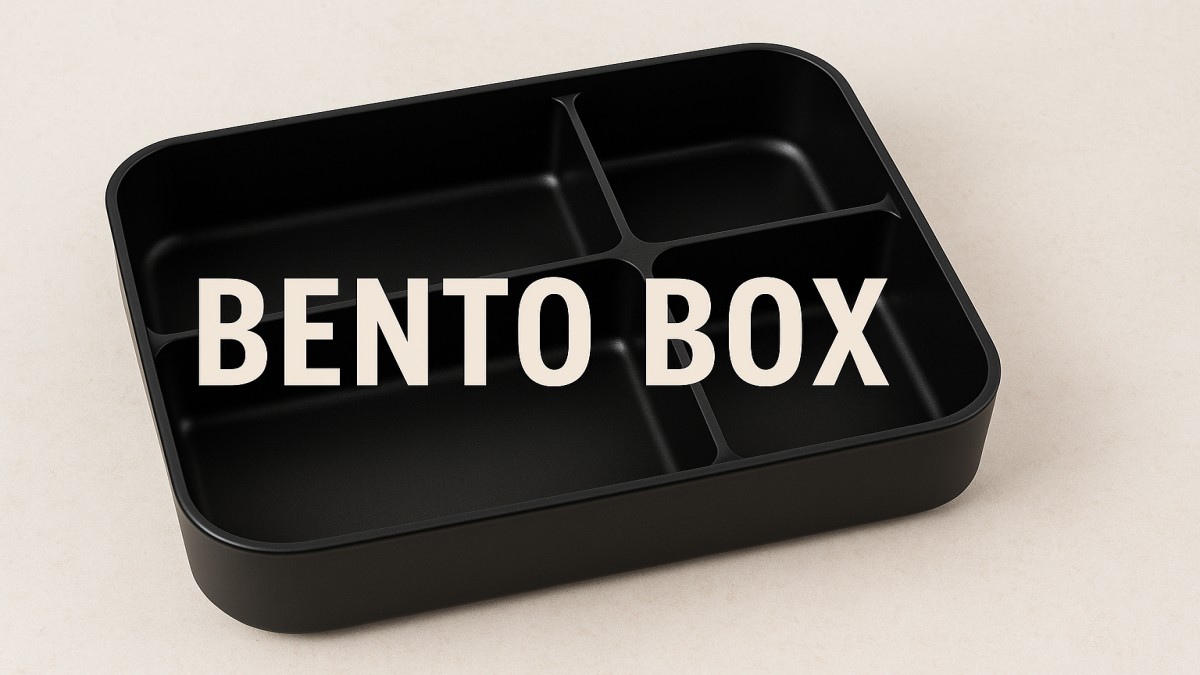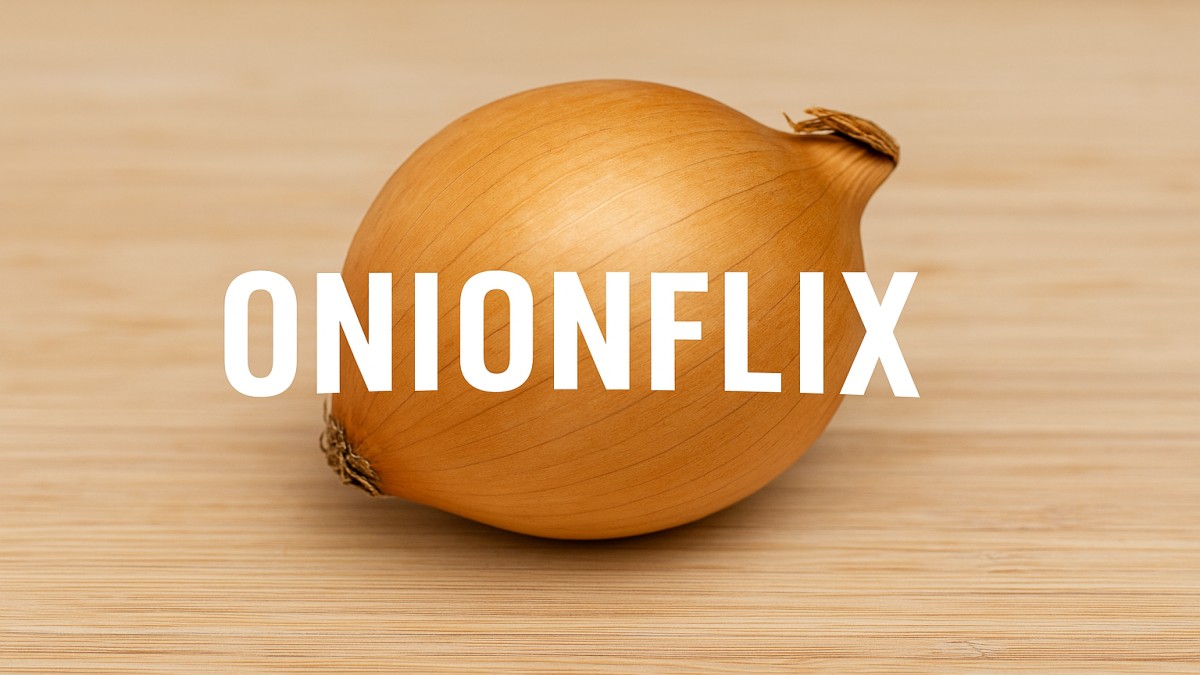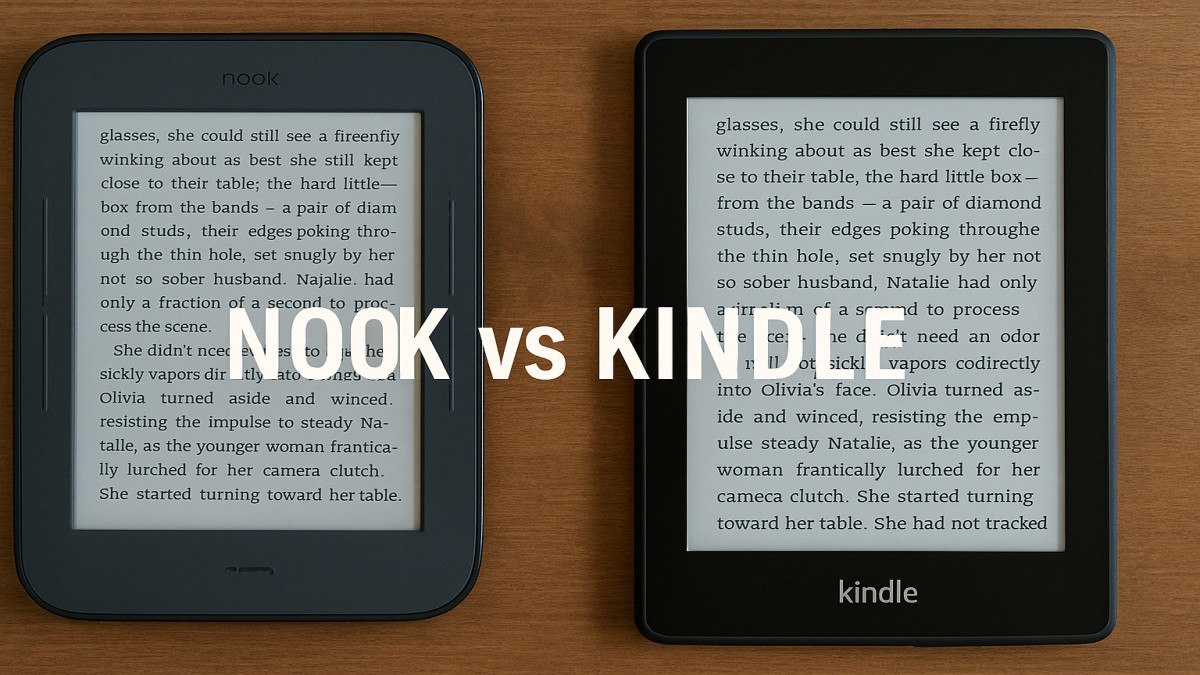others
Bento Box: A Delicious Journey into Japanese Culture

Introduction to Bento Box
Bento Box. If you’ve ever scrolled through Instagram or Pinterest and spotted a neatly packed lunch that looks almost too pretty to eat, chances are you’ve stumbled upon a Bento Box. But Bento isn’t just about aesthetics it’s a centuries-old Japanese tradition that blends nutrition, creativity, and cultural pride.
What is a Bento Box?
A Bento Box is a single-portion meal, typically packed in a compartmentalized container, that includes a variety of foods like rice, protein, vegetables, and fruit. Think of it as a portable, edible work of art part meal, part masterpiece.
Origins and Cultural Significance in Japan
Bento has deep cultural roots in Japan, representing hospitality, care, and even artistry. It’s not uncommon for parents to prepare Bento for their children with intricate designs to show love and encouragement.
History of the Bento Box
Bento in Ancient Japan
The concept dates back to the Kamakura period (1185–1333), when people carried dried rice called hoshi-ii during travels or farming work.
Evolution Through the Edo and Meiji Periods
In the Edo period, Bento became more elaborate, with multiple compartments and seasonal delicacies. By the Meiji era, train station Bentos (Ekiben) became a nationwide phenomenon.
Bento in Modern-Day Japan and Abroad
Today, Bento has evolved into a global trend, influencing lunch culture from the U.S. to Europe, and inspiring both traditional and modern interpretations.
Types of Bento Boxes
Traditional Japanese Bento
- Makunouchi Bento – A variety of small, elegant dishes, often served at formal events.
- Hinomaru Bento – Simple yet symbolic, featuring plain white rice with a pickled plum in the center, resembling the Japanese flag.
Special Occasion Bento
- Ekiben – Sold at train stations, showcasing local specialties.
- Kyaraben (Character Bento) – Creative Bentos shaped like anime or cartoon characters, loved by kids and Instagram fans.
Modern and Fusion Bento Styles
Fusion Bento often mixes Japanese tradition with other cuisines — sushi rolls next to tacos? Why not!
Components of a Perfect Bento
The Balance of Flavors and Nutrition
A well-made Bento follows the Japanese principle of “ichi ju san sai” — one soup, three sides, plus rice, creating a balanced and satisfying meal.
Common Ingredients
- Rice or noodles
- Protein (fish, chicken, tofu)
- Fresh vegetables
- Pickles or fermented foods
The Role of Presentation
In Bento culture, presentation is just as important as taste. Food is arranged to please the eyes first — a visual appetizer.
How to Make Your Own Bento
Choosing the Right Bento Box Container
From wooden lacquer boxes to modern stainless steel, the container sets the tone for your Bento.
Step-by-Step Preparation
- Rice or Noodle Base – The heart of the Bento.
- Protein Choices – Grilled salmon, teriyaki chicken, tamagoyaki (rolled omelet).
- Vegetables and Side Dishes – Steamed broccoli, sautéed greens, pickled radish.
Packing Tips
Pack tightly to prevent shifting, but avoid squashing delicate items.
Health Benefits of Bento Boxes
Portion Control
Bento naturally promotes mindful eating by encouraging smaller, balanced portions.
Encouraging Variety in Meals
Multiple compartments mean multiple flavors — no boring lunches here.
Reduced Food Waste
Leftovers from dinner? They make perfect Bento fillers.
Popular Bento Box Trends
Instagram-Worthy Kyaraben
Kyaraben has become an art form, with competitions and exhibitions showcasing edible creativity.
Minimalist and Eco-Friendly Designs
Reusable bamboo and stainless steel Bentos are gaining popularity among eco-conscious eaters.
Where to Buy Bento Boxes and Accessories
You can find Bento boxes at Japanese specialty stores or order them from online communities dedicated to Bento culture.
Conclusion
The Bento Box is more than just a lunch — it’s a cultural icon, a healthy choice, and a chance to unleash your inner food artist. Whether you keep it simple or go full Kyaraben, Bento brings joy to the table (or the office desk).
FAQs
1. What makes a Bento different from a lunch box?
Bento emphasizes variety, portion control, and presentation, while a lunch box may focus solely on convenience.
2. How do you keep Bento food from spoiling?
Use fresh ingredients, keep it cool, and avoid items that spoil quickly in warm temperatures.
3. Can Bento be made the night before?
Yes, but store it in the fridge and choose items that maintain their texture overnight.
4. Are there vegetarian or vegan Bento options?
Absolutely — tofu, seaweed salads, and pickled vegetables make great plant-based choices.
5. What is the best Bento box material?
It depends — wood for tradition, stainless steel for durability, and BPA-free plastic for affordability.

 entertainment2 months ago
entertainment2 months agoOnionFlix: Everything You Need to Know About This Streaming Website

 others1 week ago
others1 week agoNook vs Kindle: Which E-Reader Is Right for You?

 entertainment1 month ago
entertainment1 month agoPYT Telegram: A Complete Guide to Understanding, Using, and Maximizing It

 education1 month ago
education1 month agoHow to Become a Software Engineer: A Complete Guide






















